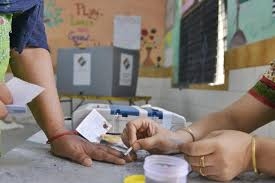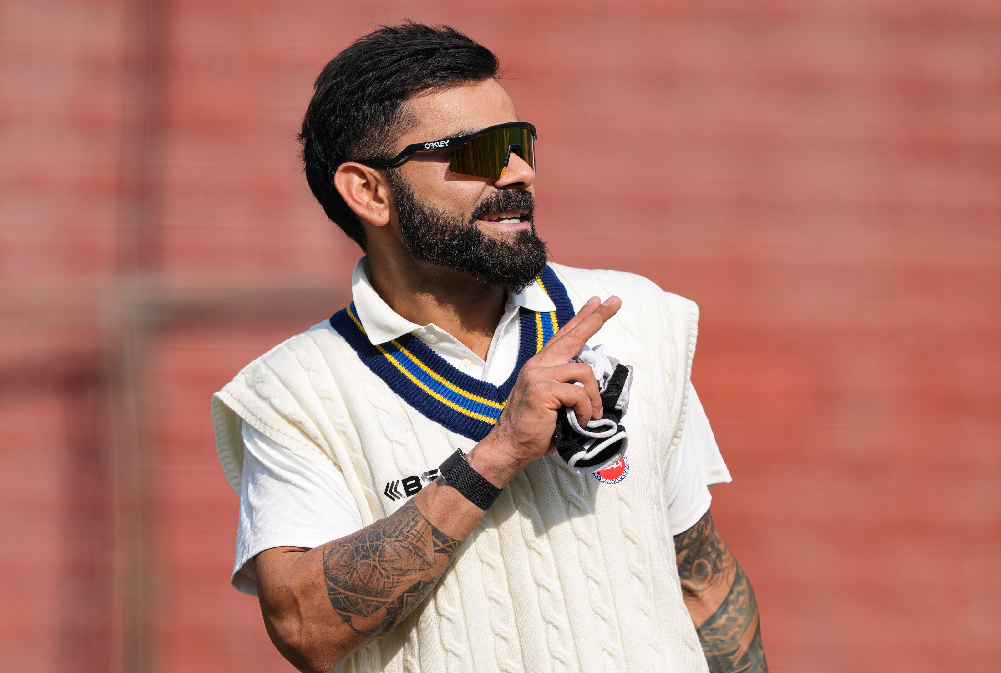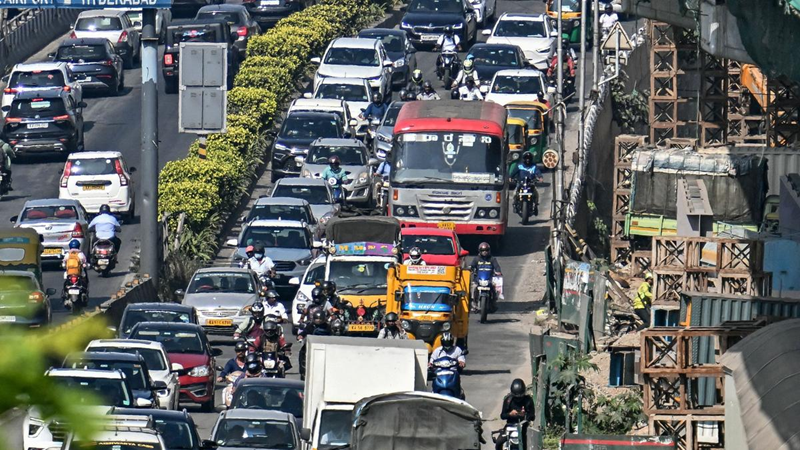
Pinning hopes on voters’ sagacity
As India began to vote on Friday (April 19) for the 18th Lok Sabha, a race has begun between a party that has ruled Delhi for the last one decade and a motley group of parties among whom only a few share a unified vision of what kind of India they desire for the next five years.
As of now Narendra Modi-led Bharatiya Janata Party (BJP) looks like the hot favourite for the throne.
The prime mover behind Modi is the thought that he should somehow equal, if not outdo, the tenure of first prime minister Jawaharlal Nehru, the man who was at the forefront of the freedom struggle and put the new nation on a sound trajectory of democracy and growth.
Such is the diversity of the young nation that one is not certain how many among the nearly one billion strong voters can discern a Modi widely seen as an autocrat from a democrat Nehru.
It is one reason why election is an affordable risk in India in contrast to Russia where the outcome is a foregone conclusion. A good many Indians know that the battlefield is uneven.
Disadvantages are stacked up high on the side of BJP’s adversaries. The Election Commission has stretched the schedule over seven phases in regions where the ruling party is facing challenges.
Chief ministers of several states ruled by the rival parties have been put behind bars. Many others are running to the courts in pursuits of cases.
BJP’s coffers are overflowing while the principal opposition party, the Indian National Congress is scraping bottom what with its bank accounts having been divested of its meagre assets.
Modi’s tenure has recognizably witnessed democratic backsliding. Dissent has been curbed with iron hand.
A good section of mainstream media stands ‘modi-fied’ and earned the sobriquet of ‘godi-media’. Politicians refusing to switch allegiances to the BJP are facing raids and court cases.
Journalists failing to toe the line from the rulers are under the scanner. India’s ranking on the Press Freedom Index has seen a free fall during the Modi years and is now below that of the Taliban-ruled Afghanistan.
The so far unveiled saga of the Electoral Bonds testifies to it being a blackmailing tool. Not merely corruption, the ruling party now stands accused of running a racket of extortion for full seven years under the legal veil of secrecy.
So was the case with potential leaders from the opposition ranks. All these allow the saffron parivar to massively outspend its rivals in the fray on canvassing.
Records show the BJP got over 50 per cent of all the money the corporates spent in purchasing the infamous and now unconstitutional Bonds.
Modi needs a fresh mandate to legitimize his rule that is deeply divisive with fault lines sought to be widened between Hindus and the religious minorities; vegetarian and non-vegetarians; Hindi and nonHindi; and more perilously north and south.
His rule reportedly allowed lynching mobs to roam with impunity; vigilantes to kill people suspected of taking cows to slaughterhouses; shut off civil rights activists protesting curbs on civil freedoms; and, denying the fiscal allocations due to states asserting regional, linguistic and cultural identity.
His party and countless of its bigoted toadies, have unleashed religious frenzy to obscure the absence of progress in Hindi hinterland, unemployment, poverty and unrest among farmers.
Pulwama came handy for him in 2019. What keeps his rhetoric going this time is not known.
What is however better realized this time is that the dispensation has matchless mastery over gimmickry. It is for voters to judge between rhetoric and substance. There lies the real test of Indian voters’ sagacity
 English daily published in Bengaluru & Doha
English daily published in Bengaluru & Doha






